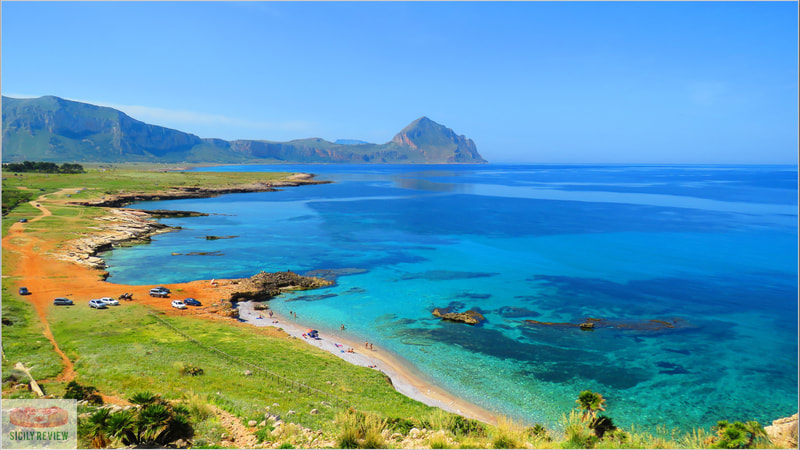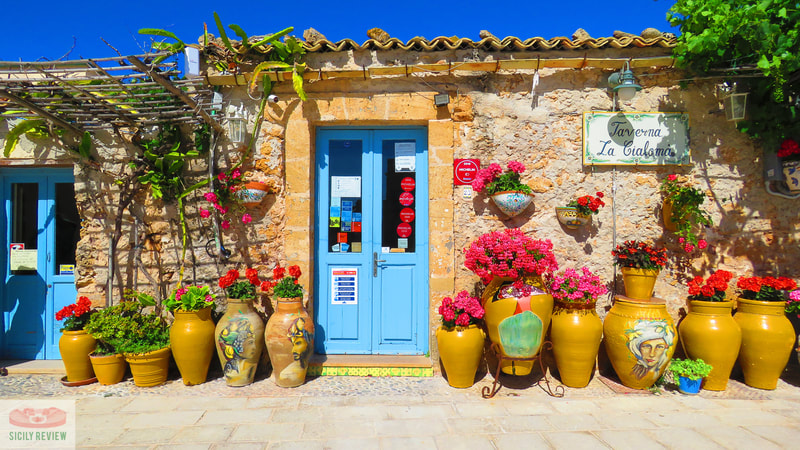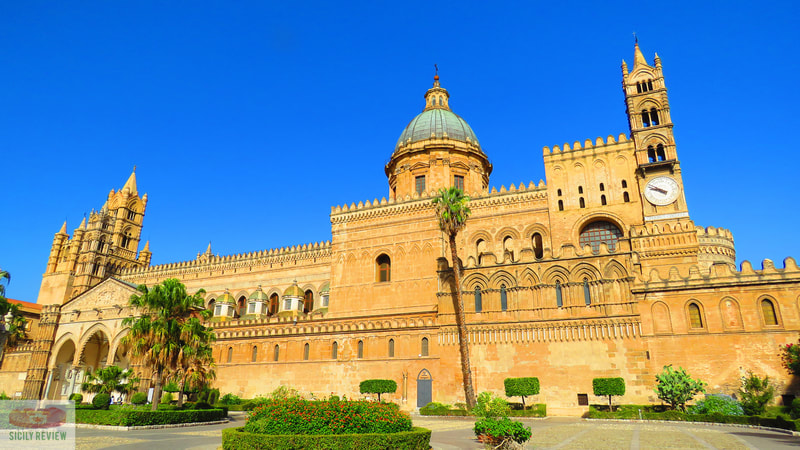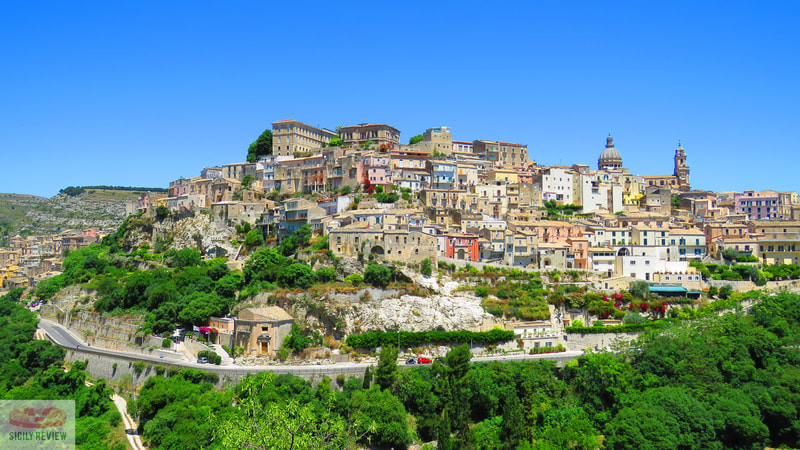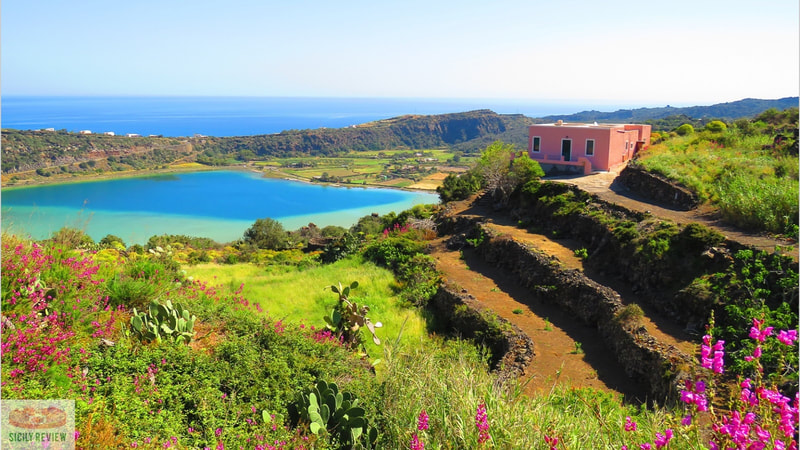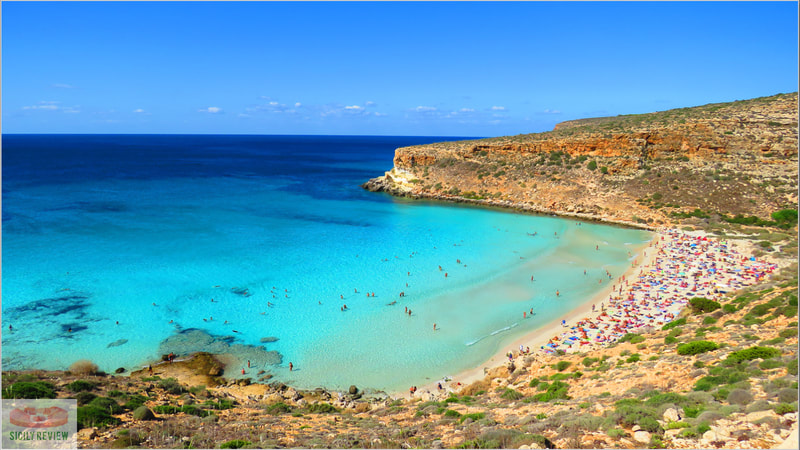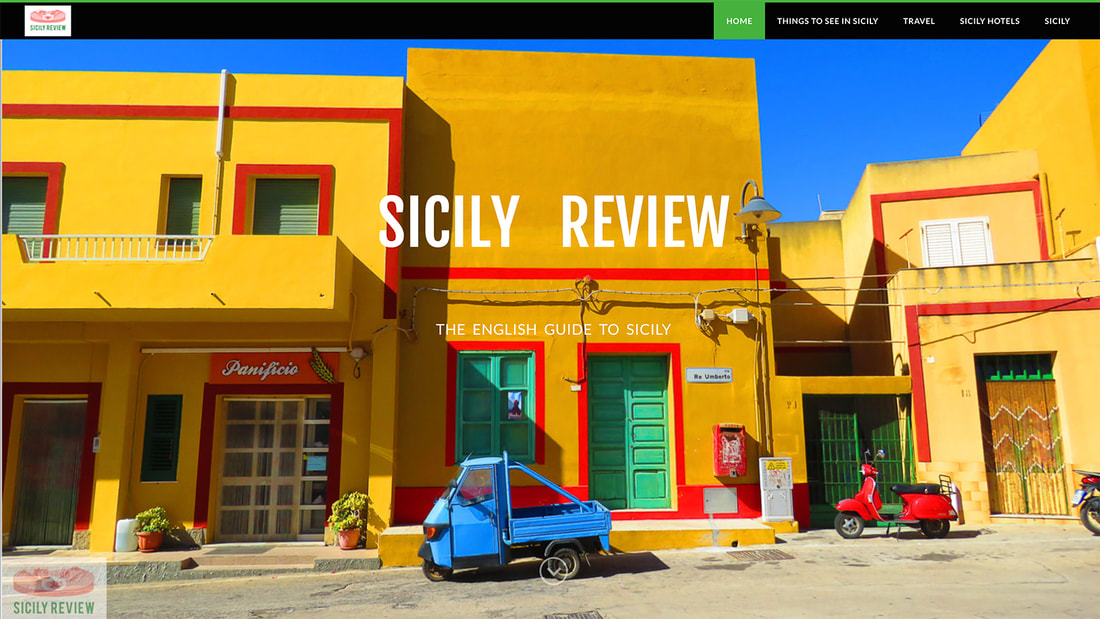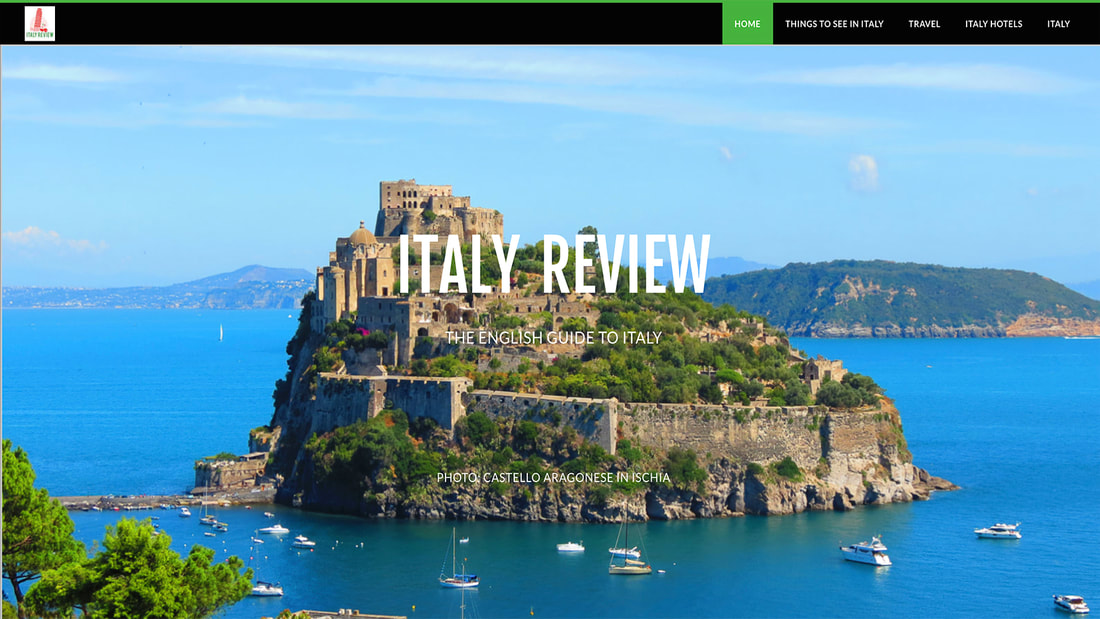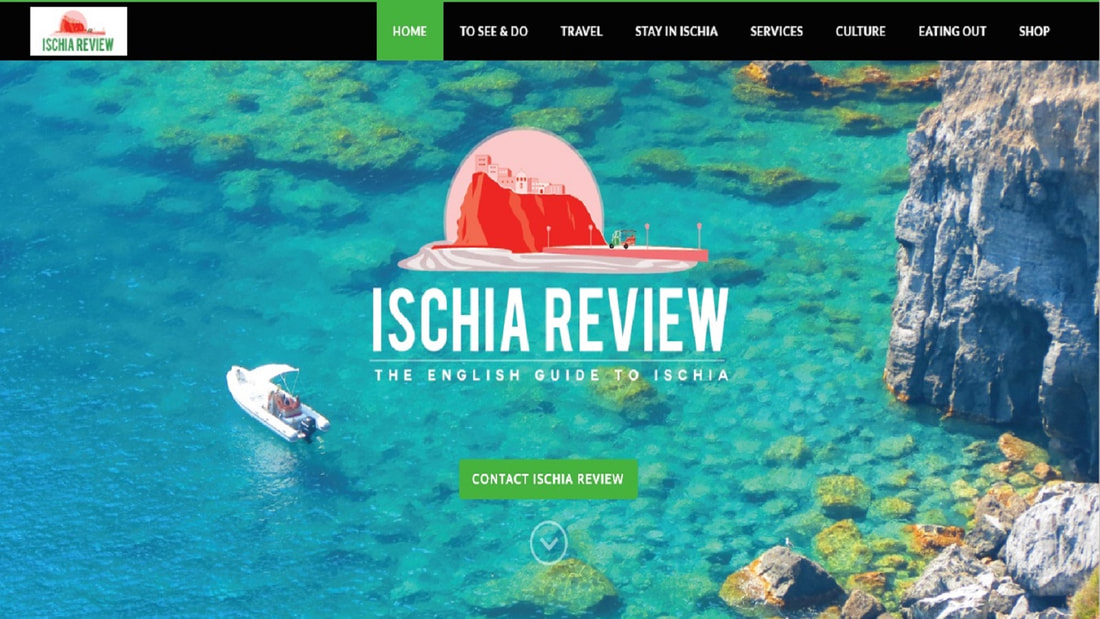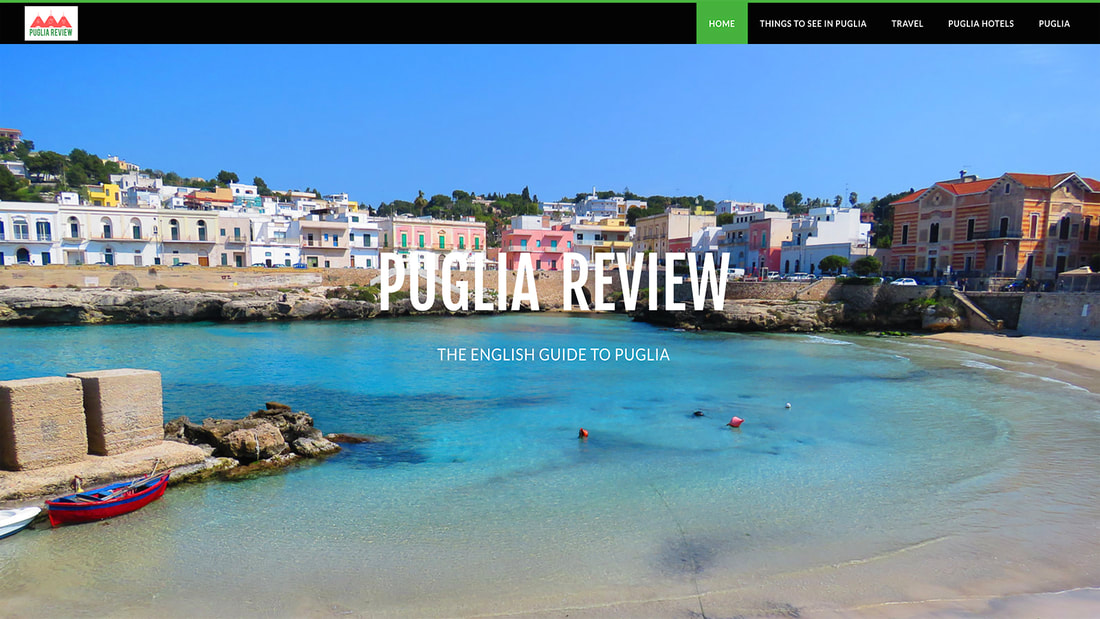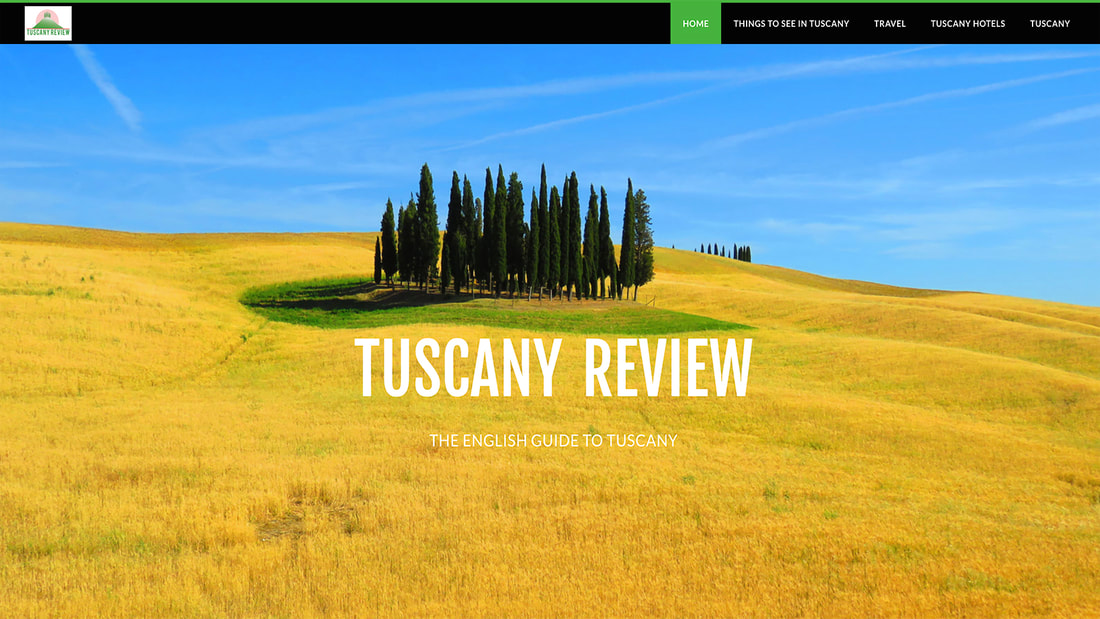Sicily
Latest update: 22 March 2023
|
A law unto itself, an enigmatic land of rare beauty and a melange of intertwined cultures, Sicily stands proud at the toe-end of the Italian peninsula.
It's one of the twenty official regions of Italy and the country's largest island, ahead of Sardinia, the only other "island region". Over the years, Sicily has been ravaged by invading armies and experienced seismic historical events that have battered its pride but never managed to fully conquer it. |
|
Related links
Regione Sicilia
|
Regional capital: Palermo
Population: 4,833,705 (source: ISTAT 1 January 2022) Size: 25,711 km² Provinces: 9 Highlights: Aeolian Islands, Riserva dello Zingaro, Taormina |
Some Sicilian history: a strategic location but not always to its own benefit
It's impossible to describe modern-day Sicily without at least some reference to its history. Its geographical position at the centre of the Mediterranean has been both its making and its downfall. Ever since the Phoenicians settled the island in the 8th century BC, Sicily has been regarded as a vital trading post, bringing foreign cultures and malevolent visitors to its doorstep in equal measure.
It's impossible to describe modern-day Sicily without at least some reference to its history. Its geographical position at the centre of the Mediterranean has been both its making and its downfall. Ever since the Phoenicians settled the island in the 8th century BC, Sicily has been regarded as a vital trading post, bringing foreign cultures and malevolent visitors to its doorstep in equal measure.
Sicily: the breadbasket of Rome
When in 212 BC the Romans sacked the city of Syracuse, they gained complete control of the whole island which they came to regard as the "breadbasket of Rome", from which they would be able to feed the people of their burgeoning republic for years to come.
The sack of Syracuse was just another event in a long period of struggles for Sicily which included the first and second Punic wars between Rome and Hannibal Barca's Carthaginians.
When in 212 BC the Romans sacked the city of Syracuse, they gained complete control of the whole island which they came to regard as the "breadbasket of Rome", from which they would be able to feed the people of their burgeoning republic for years to come.
The sack of Syracuse was just another event in a long period of struggles for Sicily which included the first and second Punic wars between Rome and Hannibal Barca's Carthaginians.
Arab rule followed by centuries of conquest
After the fall of the Roman Empire, the Byzantines controlled Sicily before the Arabs started to wrestle control of the island from them in the 10th and 11th centuries. The centuries that followed saw Norman, Spanish, French and British invasions while the earthquake of 1693 was the single most devastating event in Sicily's history.
After the fall of the Roman Empire, the Byzantines controlled Sicily before the Arabs started to wrestle control of the island from them in the 10th and 11th centuries. The centuries that followed saw Norman, Spanish, French and British invasions while the earthquake of 1693 was the single most devastating event in Sicily's history.
Discovering Sicily: the archaeoloical sites
Whilst skimming over the cataclysmic events mentioned above, they are important to bear in mind for the modern-day visitor to the island as they provide some pointers as to what to expect. Sicily has an enviable collection of archaeological sites, some of which feature in the island's seven UNESCO World Heritage listings.
Perhaps the most famous of those sites is the Valley of the Temples in Agrigento but the Necropolis of Pantalica and Villa Romana del Casale are no less compelling.
Whilst skimming over the cataclysmic events mentioned above, they are important to bear in mind for the modern-day visitor to the island as they provide some pointers as to what to expect. Sicily has an enviable collection of archaeological sites, some of which feature in the island's seven UNESCO World Heritage listings.
Perhaps the most famous of those sites is the Valley of the Temples in Agrigento but the Necropolis of Pantalica and Villa Romana del Casale are no less compelling.
Further UNESCO World Heritage Sites
The aforementioned period of Arab/Byzantine/Norman rule of Sicily was the catalyst for a series of UNESCO sites in Palermo, Cefalù and Monreale while the devastation caused by the 1693 earthquake saw eight cities in the Val di Noto rebuilt in the emerging Baroque style of the period; again, listed by UNESCO.
Aside from the official UNESCO World Heritage sites there are dozens of fascinating archaeological sites in Sicily, dating back to the period of Magna Graecia with such examples as the Greek theatres of Taormina and Syracuse through to the settlements of Segesta and Selinunte with their fascinating temples, still largely intact.
The aforementioned period of Arab/Byzantine/Norman rule of Sicily was the catalyst for a series of UNESCO sites in Palermo, Cefalù and Monreale while the devastation caused by the 1693 earthquake saw eight cities in the Val di Noto rebuilt in the emerging Baroque style of the period; again, listed by UNESCO.
Aside from the official UNESCO World Heritage sites there are dozens of fascinating archaeological sites in Sicily, dating back to the period of Magna Graecia with such examples as the Greek theatres of Taormina and Syracuse through to the settlements of Segesta and Selinunte with their fascinating temples, still largely intact.
Islands of Sicily: The Aeolians
Of course, history isn't for everyone and Sicily offers much to the casual holidaymaker who may just be looking for a sandy beach with a nice view and somewhere good to eat close by. There is no shortage of any of the above in Sicily.
As we know, Sicily is an island but it also has its own collection of smaller islands and island groups that they belong to. The most famous island group in Sicily is the Aeolian Islands which lie just a short distance of the north-east coast, accessible by ferry from a number of ports, most notably Milazzo.
There are seven volcanic islands including fiery Stromboli and the glamorous Panarea. Head west of the main island group and you eventually come to the peaceful havens of Filicudi and Alicudi. The main travel hub of the Aeolian Islands is Lipari which is also the most populous; just a short hop from Lipari takes you to verdant Salina to the north or Vulcano with its mud baths to the south.
Of course, history isn't for everyone and Sicily offers much to the casual holidaymaker who may just be looking for a sandy beach with a nice view and somewhere good to eat close by. There is no shortage of any of the above in Sicily.
As we know, Sicily is an island but it also has its own collection of smaller islands and island groups that they belong to. The most famous island group in Sicily is the Aeolian Islands which lie just a short distance of the north-east coast, accessible by ferry from a number of ports, most notably Milazzo.
There are seven volcanic islands including fiery Stromboli and the glamorous Panarea. Head west of the main island group and you eventually come to the peaceful havens of Filicudi and Alicudi. The main travel hub of the Aeolian Islands is Lipari which is also the most populous; just a short hop from Lipari takes you to verdant Salina to the north or Vulcano with its mud baths to the south.
The Aegadian Islands
A smaller but no less attractive island group is the Aegadian Islands; there are three in total including the holiday favourite of Favignana with its spectacular beaches while nearby Marettimo is popular among hikers.
A smaller but no less attractive island group is the Aegadian Islands; there are three in total including the holiday favourite of Favignana with its spectacular beaches while nearby Marettimo is popular among hikers.
Lampedusa and the Pelagie Islands
The third island group of Sicily is the Pelagie Islands, dominated by Lampedusa; home to one of the world's best beaches, Spiaggia dei Conigli, but the tiny, remote Linosa is in a quite wonderful world of its own and worth all the trouble it takes to get there.
The third island group of Sicily is the Pelagie Islands, dominated by Lampedusa; home to one of the world's best beaches, Spiaggia dei Conigli, but the tiny, remote Linosa is in a quite wonderful world of its own and worth all the trouble it takes to get there.
Ustica and Pantelleria
There are two islands in Sicily that don't belong to any island groups: Ustica can be reached by ferry from the capital city of Palermo and is a favourite for diving enthusiasts while Pantelleria is closer to Africa than Italy and best reached by air, either from Trapani or Palermo. The main sight in Pantelleria is the unforgettable Specchio di Venere (Mirror of Venus in English) lake.
There are two islands in Sicily that don't belong to any island groups: Ustica can be reached by ferry from the capital city of Palermo and is a favourite for diving enthusiasts while Pantelleria is closer to Africa than Italy and best reached by air, either from Trapani or Palermo. The main sight in Pantelleria is the unforgettable Specchio di Venere (Mirror of Venus in English) lake.
The nine provinces of Sicily
Sicily is comprised of nine provinces, each named after the major city at their heart. Palermo the capital lies on the north west coast of the island with Trapani to its west. South east of Trapani is the province of Agrigento which sits just above Ragusa, while Syracuse occupies the south east corner of the island.
North of Syracuse is the Metropolitan City of Catania with the Metropolitan City of Messina province marking the eastern boundary, separated from the Italian mainland by the Messina Strait, just three kilometres from the region of Calabria at its narrowest point. Enna is Sicily's only landlocked province while its western neighbour Caltanissetta stretches from the countryside to the coastal town of Gela.
Sicily is comprised of nine provinces, each named after the major city at their heart. Palermo the capital lies on the north west coast of the island with Trapani to its west. South east of Trapani is the province of Agrigento which sits just above Ragusa, while Syracuse occupies the south east corner of the island.
North of Syracuse is the Metropolitan City of Catania with the Metropolitan City of Messina province marking the eastern boundary, separated from the Italian mainland by the Messina Strait, just three kilometres from the region of Calabria at its narrowest point. Enna is Sicily's only landlocked province while its western neighbour Caltanissetta stretches from the countryside to the coastal town of Gela.
Visit our Sister Site Sicily Review for more in-depth Coverage of Sicily
The cities of Sicily
As to which is Sicily's most beautiful city, that's a debate that will rage on but there are some that are unmissable for any serious itinerary of the island. Palermo with its cultural riches from the Arab/Norman/Byzantine period contrasts with the second largest city of Catania where the Baroque style reigns. Syracuse offers a combination of natural beauty with its coastal waters and unrivalled historical treats such as its Greek theatres or its incomparable cathedral on its incomparable square: Piazza Duomo.
As to which is Sicily's most beautiful city, that's a debate that will rage on but there are some that are unmissable for any serious itinerary of the island. Palermo with its cultural riches from the Arab/Norman/Byzantine period contrasts with the second largest city of Catania where the Baroque style reigns. Syracuse offers a combination of natural beauty with its coastal waters and unrivalled historical treats such as its Greek theatres or its incomparable cathedral on its incomparable square: Piazza Duomo.
Cities and towns of south-eastern Sicily
South-eastern Sicily offers a number of fascinating cities and towns; the main city in this part of the island is Ragusa which is distinctly split into two areas. Modern Ragusa is home to a wonderful Baroque cathedral while the old town of Ragusa Ibla charms with its beautiful piazzas and palm-tree lined garden called Giardino Ibleo.
Just a short distance from Ragusa is the town of Modica; one of the oldest centres of chocolate production in Europe but also a devilishly beautiful old town. Just south of Modica is another Baroque delight with the town of Scicli while further towards Syracuse the golden town of Noto with its incredible series of churches is not to be missed.
South-eastern Sicily offers a number of fascinating cities and towns; the main city in this part of the island is Ragusa which is distinctly split into two areas. Modern Ragusa is home to a wonderful Baroque cathedral while the old town of Ragusa Ibla charms with its beautiful piazzas and palm-tree lined garden called Giardino Ibleo.
Just a short distance from Ragusa is the town of Modica; one of the oldest centres of chocolate production in Europe but also a devilishly beautiful old town. Just south of Modica is another Baroque delight with the town of Scicli while further towards Syracuse the golden town of Noto with its incredible series of churches is not to be missed.
From Messina to Taormina
The province of Messina is home to Sicily's favourite tourist destination: the town of Taormina. The old town sits on a hill with the jaw-dropping scene of the Greek Theatre with Mount Etna as its backdrop dominating proceedings.
However, Taormina is just as popular for its beach area which can be accessed via a cable car. Representing one of the most beautiful stretches of coastline in Sicily, here you'll find the iconic Isola Bella along with a series of other gorgeous beaches close by.
The province of Messina is home to Sicily's favourite tourist destination: the town of Taormina. The old town sits on a hill with the jaw-dropping scene of the Greek Theatre with Mount Etna as its backdrop dominating proceedings.
However, Taormina is just as popular for its beach area which can be accessed via a cable car. Representing one of the most beautiful stretches of coastline in Sicily, here you'll find the iconic Isola Bella along with a series of other gorgeous beaches close by.
Tyrrhenian coastal resorts
Along Sicily's northern coast, the town of Cefalù is the most dominant resort where a great rock looks down onto a collection of beaches and a fascinating old town gilded by its wonderful cathedral. Head west of Cefalù, beyond Palermo and you'll find further seaside towns such as Santa Flavia, Castellammare del Golfo and San Vito Lo Capo.
The peninsula upon which San Vito Lo Capo sits, is one of rare natural beauty; just a short distance away is the Riserva Naturale dello Zingaro, a famous coastal hiking route interspersed with beaches of dazzling crystalline water. Continuing the theme of wonderful beaches in this area are the Tonnara di Scopello and Macari Beach.
Along Sicily's northern coast, the town of Cefalù is the most dominant resort where a great rock looks down onto a collection of beaches and a fascinating old town gilded by its wonderful cathedral. Head west of Cefalù, beyond Palermo and you'll find further seaside towns such as Santa Flavia, Castellammare del Golfo and San Vito Lo Capo.
The peninsula upon which San Vito Lo Capo sits, is one of rare natural beauty; just a short distance away is the Riserva Naturale dello Zingaro, a famous coastal hiking route interspersed with beaches of dazzling crystalline water. Continuing the theme of wonderful beaches in this area are the Tonnara di Scopello and Macari Beach.
Honourable mentions
To describe all of Sicily on a single page is impossible and the website is aimed at guiding you towards the very best, with more available at the See Sicily page which is linked at the top of this page.
However, I must give mention to a few more favourite places including the colourful beach resort of Marzamemi and the nearby Fontane Bianche. Beachgoers will also love the Scala dei Turchi while interior towns such as Gagliano Castelferrato and Savoca provide their own mystique and intrigue.
To describe all of Sicily on a single page is impossible and the website is aimed at guiding you towards the very best, with more available at the See Sicily page which is linked at the top of this page.
However, I must give mention to a few more favourite places including the colourful beach resort of Marzamemi and the nearby Fontane Bianche. Beachgoers will also love the Scala dei Turchi while interior towns such as Gagliano Castelferrato and Savoca provide their own mystique and intrigue.

